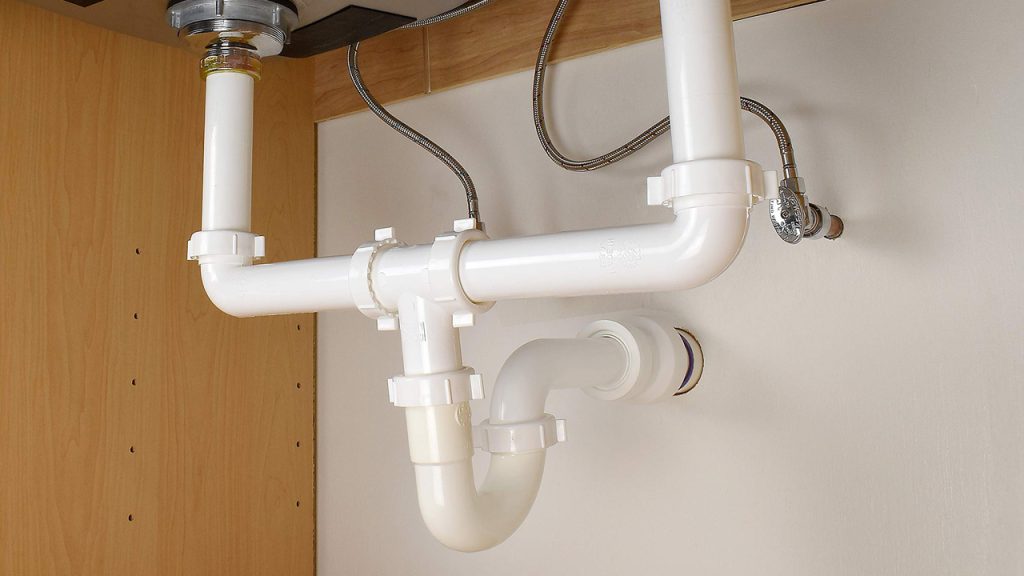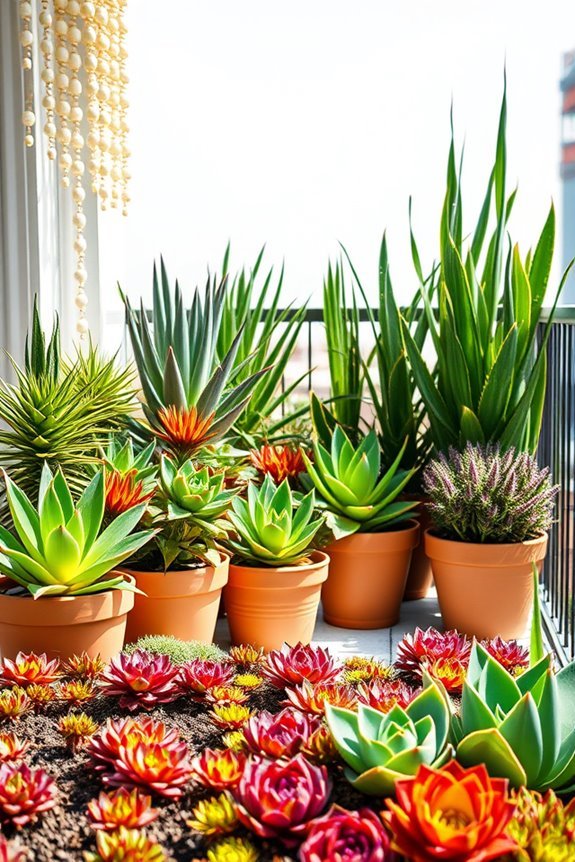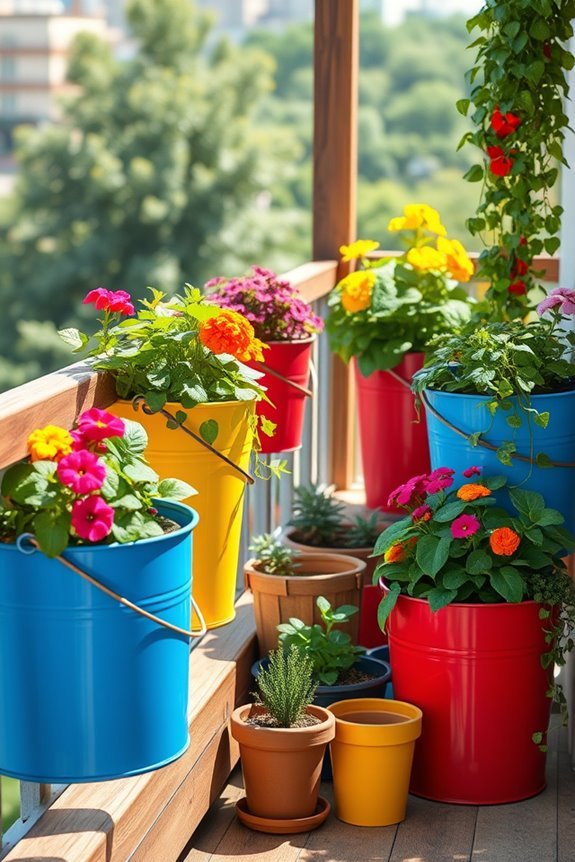How to Plumb a Double Vanity Sink?
Are you tired of fighting for counter space every morning? If so, it’s time to upgrade to a double vanity sink in your bathroom. Not only does it provide ample room for both you and your partner to get ready simultaneously, but it also adds a touch of luxury to your space. Installing a double vanity sink can seem like a daunting task if you’re not sure where to start.
We will guide you through the process of how to plumb a double vanity sink with ease. From gathering the necessary tools and materials to connecting the supply lines and drain pipes, we will cover every step in detail.

Photo by originbio.com
Planning and Preparation for the Plumbing Installation
Before you start the installation process, it’s essential to plan and prepare everything properly. This will save you time and prevent any potential issues down the line. Here’s what you need to do:
Measure the available space
Take accurate measurements of the area where you plan to install the double vanity sink. Consider the width, depth, and height of the space to ensure that the sink will fit perfectly.
Check the plumbing layout
Examine the existing plumbing layout in your bathroom. Determine if any adjustments or modifications are required to accommodate the double vanity sink. If necessary, consult a professional plumber for advice.
Choose the right sink and vanity
Select a double vanity sink that suits your style and preferences. Consider factors such as material, design, and functionality. Additionally, choose a vanity that complements the sink and provides adequate storage space.
Gather the necessary permits
Check with your local building department to determine if you need any permits for the plumbing installation. Certain jurisdictions may require permits for any plumbing work, while others may not. It’s better to be safe than sorry, so make sure to follow the regulations.
Once you have completed these initial steps, you’re ready to move on to gathering the tools and materials required for the installation.
Required Tools and Materials
To plumb a double vanity sink, you will need the following tools and materials:
Tools:
- Adjustable wrench
- Pipe wrench
- Hacksaw
- Plumber’s tape
- Screwdriver
- Bucket
- Level
- Pliers
- Teflon tape
- Caulking gun
Materials:
- Double vanity sink
- Vanity cabinet
- Water supply lines
- Drain pipes
- P-traps
- PVC or CPVC pipe
- Plumber’s putty
- Silicone caulk
- Compression fittings
- Pipe fittings
Make sure you have all the necessary tools and materials ready before you start the installation process. This will ensure a smooth and efficient workflow.
Step-by-Step Guide to Plumbing a Double Vanity Sink
Now that you have your tools and materials ready, let’s dive into the step-by-step process of plumbing a double vanity sink. Follow these instructions carefully to achieve the best results:
Shut off the water supply
Locate the main water supply valve in your home and turn it off. This will prevent any water from flowing while you work on the plumbing installation.
Remove the old sink and vanity
If you have an existing sink and vanity, remove them carefully. Start by disconnecting the water supply lines and drain pipes. Use an adjustable wrench and pipe wrench to loosen and remove any fittings. Once everything is disconnected, lift the sink and vanity out of the way.
Prepare the area
Clean the area where the new double vanity sink will be installed. Remove any dust, debris, or old caulk. Ensure that the surface is smooth and level.
Install the vanity cabinet
Follow the manufacturer’s instructions to assemble and install the vanity cabinet. Place it in the desired location and use a level to ensure that it is perfectly level and plumb. Secure the cabinet to the wall using screws.
Connect the water supply lines
Install the water supply lines according to the manufacturer’s instructions. Use plumber’s tape on the threaded connections to ensure a watertight seal. Connect one end of the supply lines to the shut-off valves and the other end to the faucet connections on the sink. Tighten all connections with an adjustable wrench.
Install the drain pipes and traps
Attach the drain pipes and P-traps to the sink drain openings. Use plumber’s putty or silicone caulk to create a watertight seal. Ensure that the pipes are properly aligned and securely fastened. Use a hacksaw to trim any excess pipe length if needed.
Test and troubleshoot the plumbing system
Turn on the water supply and check for any leaks or drips. Inspect all connections and fittings for tightness. If you notice any leaks, tighten the connections or apply more plumber’s tape. Allow the water to flow for a few minutes to ensure that everything is functioning properly.
Finish the installation
Once you are satisfied with the plumbing installation, complete the final touches. Apply silicone caulk around the edges of the sink to create a watertight seal. Use a caulking gun for precise application. Clean up any excess caulk with a damp cloth.
Common Mistakes to Avoid When Plumbing a Double Vanity Sink
While plumbing a double vanity sink is a relatively straightforward process, there are some common mistakes that you should avoid:
Incorrect measurements
Ensure that you take accurate measurements of the space before purchasing a double vanity sink. A sink that is too big or too small will not fit properly and may require additional modifications.
Improper sealing
Failing to create a watertight seal can lead to leaks and water damage. Use plumber’s tape, plumber’s putty, or silicone caulk to seal all connections and openings.
Over-tightening fittings
While it’s essential to ensure tight connections, over-tightening fittings can damage the pipes or cause leaks. Use an adjustable wrench to tighten fittings securely, but avoid excessive force.
Neglecting to test for leaks
Always test the plumbing system for leaks before finishing the installation. This will save you from potential issues down the line.
By avoiding these common mistakes, you can ensure a successful and hassle-free double vanity sink installation.
Maintenance and Care Tips for a Properly Functioning Double Vanity Sink
To keep your double vanity sink functioning properly and looking its best, follow these maintenance and care tips:
Regular cleaning: Clean your double vanity sink regularly to prevent the buildup of soap scum, toothpaste, and other debris. Use a non-abrasive cleaner and a soft cloth to avoid scratching the surface.
Avoid harsh chemicals: Avoid using harsh chemicals or abrasive cleaners on your sink, as they can damage the finish. Stick to mild soap and water or cleaners specifically formulated for the type of sink material you have.
Check for leaks: Periodically check the connections and fittings for any signs of leaks or drips. Address any issues promptly to prevent water damage.
Keep the area dry: After each use, wipe down the sink and countertop to remove any excess water. This will prevent water spots and keep the area looking clean and tidy.
Avoid heavy objects: Do not place heavy objects on the sink or vanity countertop, as this can cause damage. Use caution when handling sharp objects near the sink to avoid scratching the surface.
By following these maintenance and care tips, you can ensure that your double vanity sink remains in excellent condition for years to come.
Conclusion
Installing a double vanity sink in your bathroom is a great way to add functionality and style to your space. With the proper planning, preparation, and step-by-step guidance, you can successfully plumb a double vanity sink on your own. Just remember to gather the necessary tools and materials, follow the instructions carefully, and pay attention to detail.
Say goodbye to bathroom clutter and hello to a spacious and luxurious double vanity sink. Enjoy the convenience of having ample counter space for you and your partner to get ready simultaneously. With proper maintenance and care, your double vanity sink will continue to be a valuable addition to your bathroom for many years to come. Happy plumbing!



